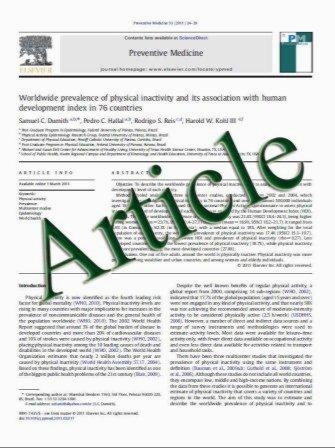Posterior Reversible Encephalopathy Syndrome Associated with Hemodynamic Augmentation in Aneurysmal Subarachnoid Hemorrhage
- نوع فایل : کتاب
- زبان : انگلیسی
- مؤلف : Elias A. Giraldo • Jennifer E. Fugate • Alejandro A. Rabinstein • Giuseppe Lanzino • Eelco F. M. Wijdicks
- چاپ و سال / کشور: 2011
Description
Background Cerebral vasospasm has become the most concerning complication in patients with aneurysmal subarachnoid hemorrhage (aSAH) seen in the neurosciences intensive care unit (NSICU). Hemodynamic augmentation is frequently used to treat cerebral ischemia from vasospasm. In the last 5 years, posterior reversible encephalopathy syndrome (PRES) has been reported in three single case reports as a complication of hemodynamic augmentation. We describe an additional three patients seen in our institution. Methods Description of clinical course of three patients with a secured aneurysm treated with hemodynamic augmentation for cerebral vasospasm. Results We identified three patients (two female and one male), ranged in age from 62 to 70 years who developed PRES after treatment with induced or permissive arterial hypertension. During their NSICU stay, case 1 had worsening headache and confusion, case 2 and 3 had a decline in level of consciousness. Neuroimaging was compatible with vasogenic edema characteristic of PRES. Arterial blood pressure was reduced with a complete clinical and imaging resolution of PRES. Conclusions PRES can be a cause of deterioration in patients with aSAH treated with hemodynamic augmentation. PRES should be differentiated from evolving infarctions due to cerebral vasospasm. Clinical manifestations and neuroimaging findings are reversible after gradual normalization of blood pressure.
Neurocrit Care (2011) 14:427–432 DOI 10.1007/s12028-011-9515-x Published online: 15 February 2011


